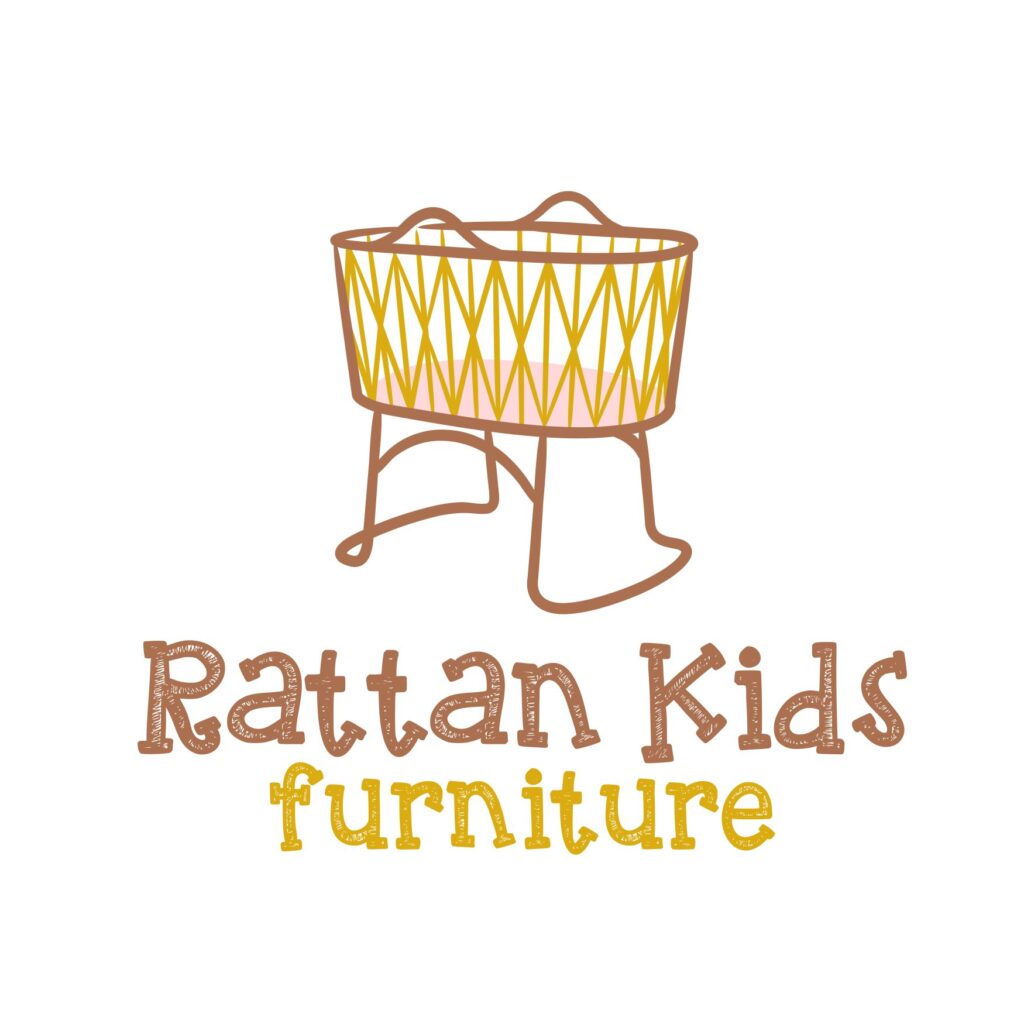Rattan dining sets have become a popular choice for many households due to their aesthetic appeal and durability. However, when incorporating such furniture into homes with children, it’s essential to consider specific safety aspects to ensure a child-friendly environment. This article delves into the key considerations and provides data-driven insights to help parents make informed decisions.
Understanding Rattan Furniture
Rattan is a natural material derived from the stems of tropical palms. It’s known for its flexibility and strength, making it a favored material for furniture. While rattan offers a rustic charm, it’s crucial to assess its suitability in homes with young children.
Safety Concerns with Rattan Furniture
- Structural Integrity: The durability of rattan furniture is paramount. According to UL Solutions, outdoor furniture, including rattan pieces, should undergo rigorous testing to ensure they meet safety standards. Tests focus on aspects like stability, strength, and durability to prevent accidents such as falls or collapses.
- Sharp Edges and Pinch Points: Furniture with sharp edges or potential pinch points can pose risks to active children. It’s advisable to opt for designs with rounded edges and ensure that moving parts are secure to prevent injuries.
- Chemical Emissions: Some furniture products may emit chemicals like formaldehyde, which can be harmful, especially to children. The California Proposition 65 highlights that certain furniture products can expose individuals to chemicals causing cancer or reproductive harm. It’s essential to choose furniture that complies with safety standards to minimize exposure.
Guidelines for Choosing Child-Friendly Rattan Dining Sets
- Certified Safety Standards: Ensure that the rattan furniture complies with recognized safety standards. For instance, UL 4041 provides guidelines for outdoor furniture, emphasizing the importance of stability and strength.
- Design Considerations: Opt for furniture with rounded edges and avoid designs with intricate patterns that could trap small fingers. Additionally, ensure that the furniture doesn’t have small detachable parts that could pose choking hazards.
- Material Quality: High-quality rattan is less likely to splinter, reducing the risk of injuries. Regular maintenance, such as checking for wear and tear, can help maintain the integrity of the furniture.
- Chemical Safety: Choose furniture that is free from harmful chemicals. The California Proposition 65 provides guidelines on chemicals to avoid in furniture products.
Maintenance Tips for Longevity and Safety
- Regular Inspections: Periodically check the furniture for signs of wear, loose parts, or potential hazards. Address any issues promptly to maintain safety.
- Cleaning: Use mild, non-toxic cleaning agents to maintain the furniture. Avoid harsh chemicals that could degrade the material or pose health risks.
- Protective Measures: Consider using cushions or covers to provide additional protection and comfort. Ensure that any added accessories are securely attached and do not introduce new hazards.
Integrating rattan dining sets into a home with children requires careful consideration of safety aspects. By adhering to recognized safety standards, choosing appropriate designs, and maintaining the furniture properly, parents can create a safe and stylish dining environment for their families.
